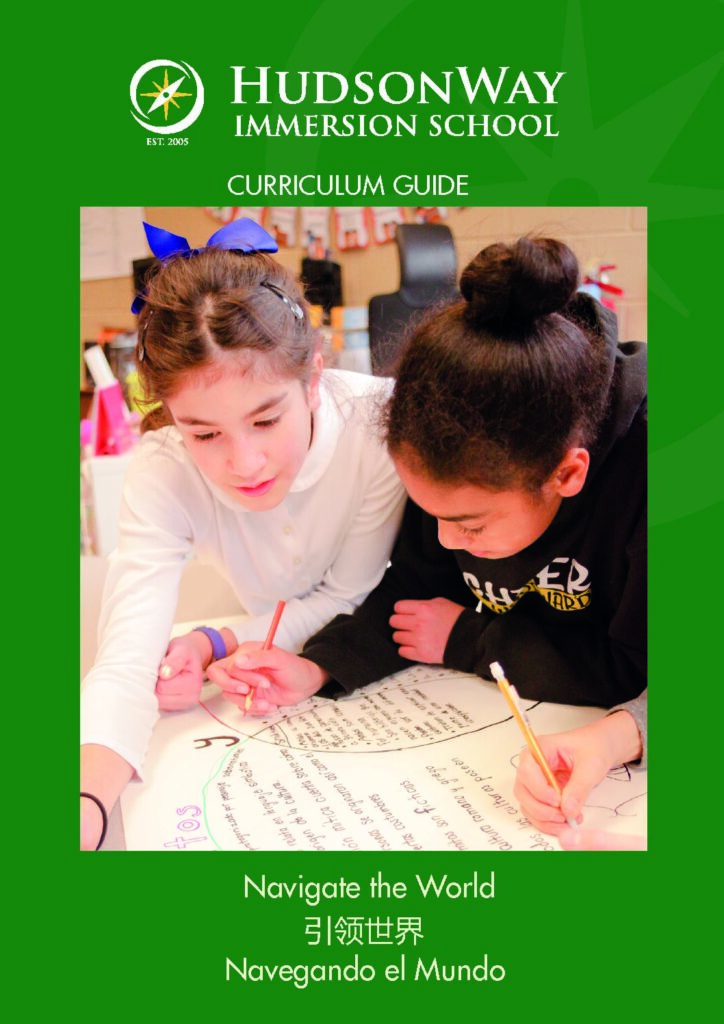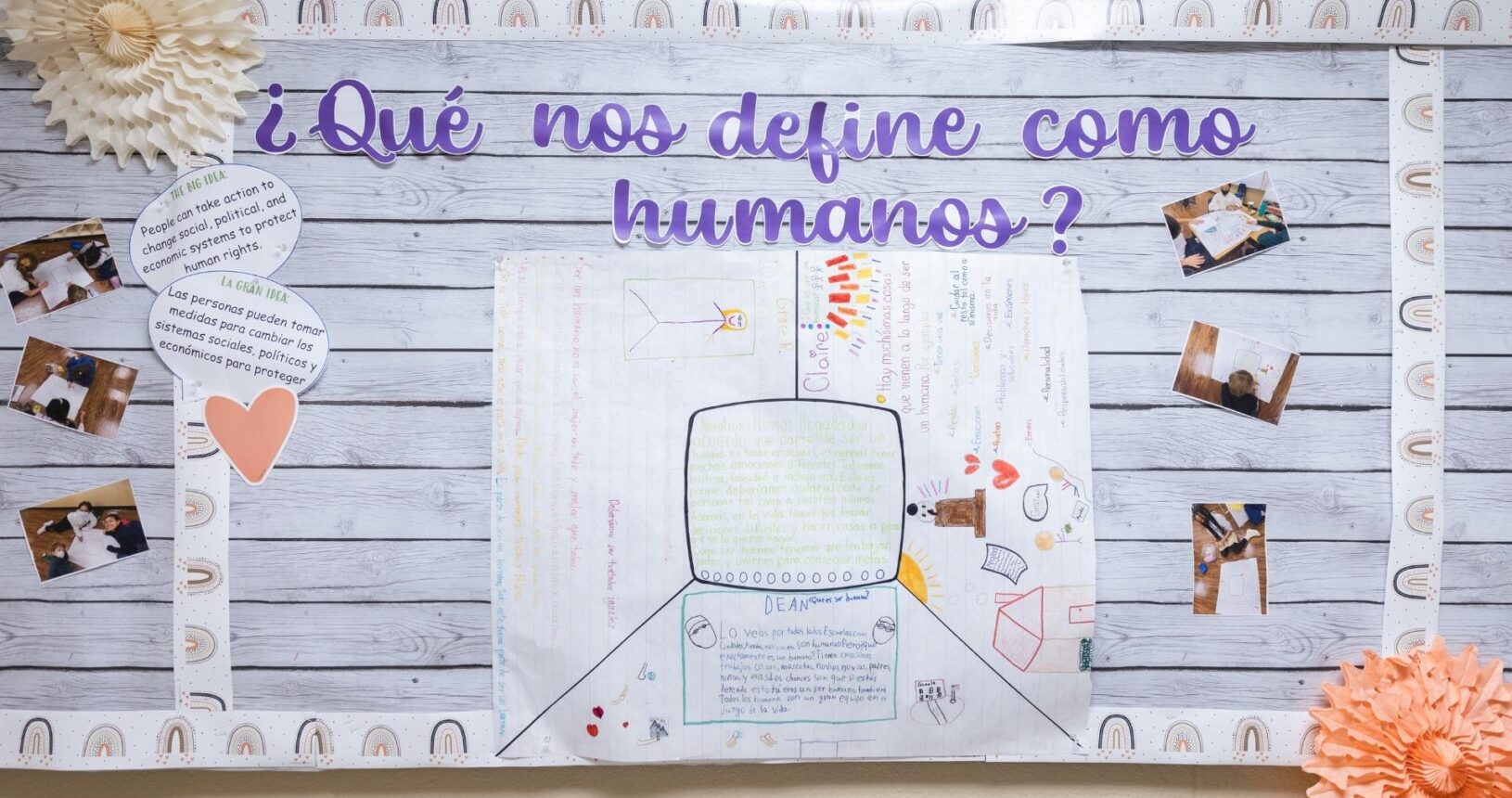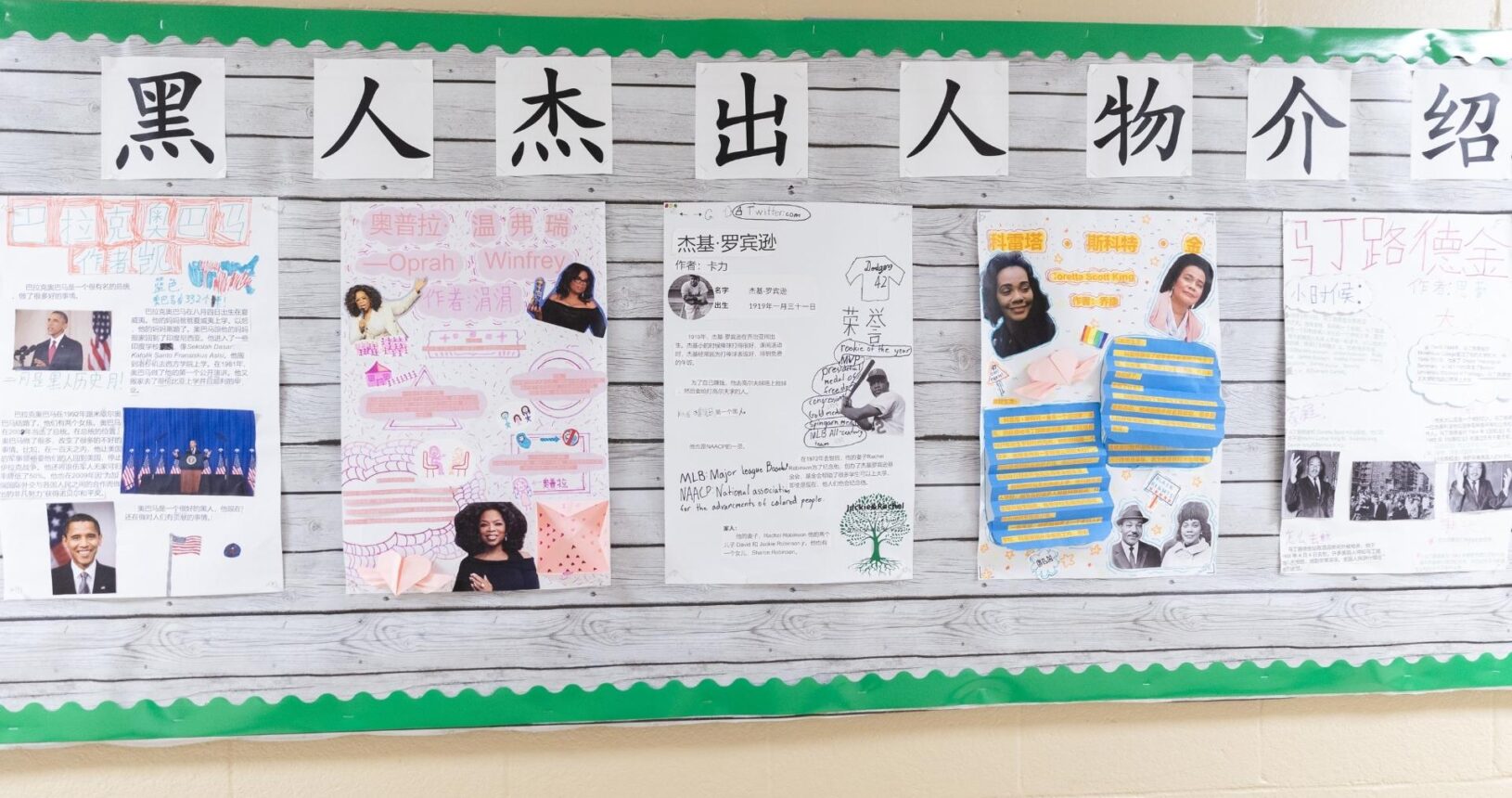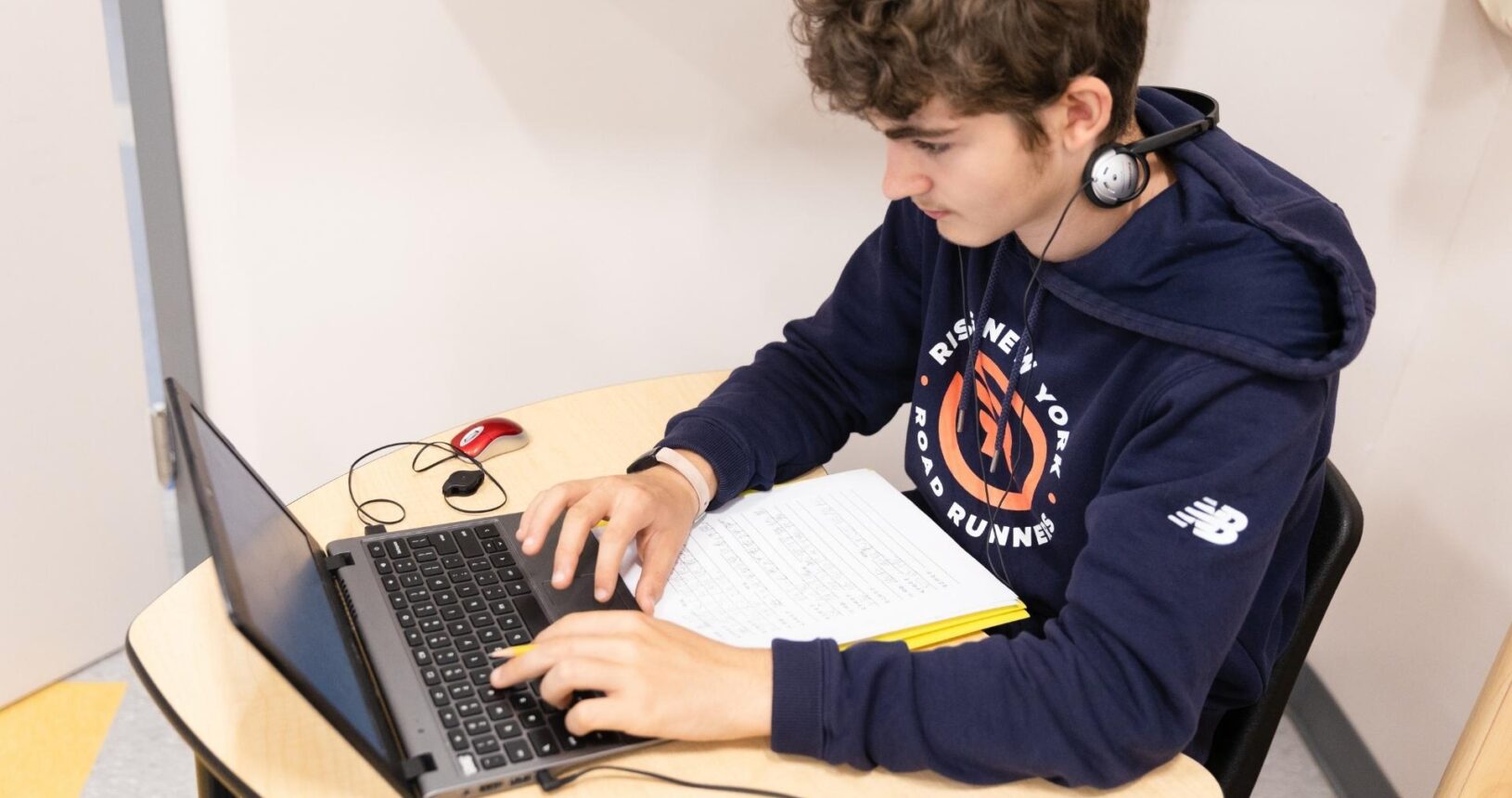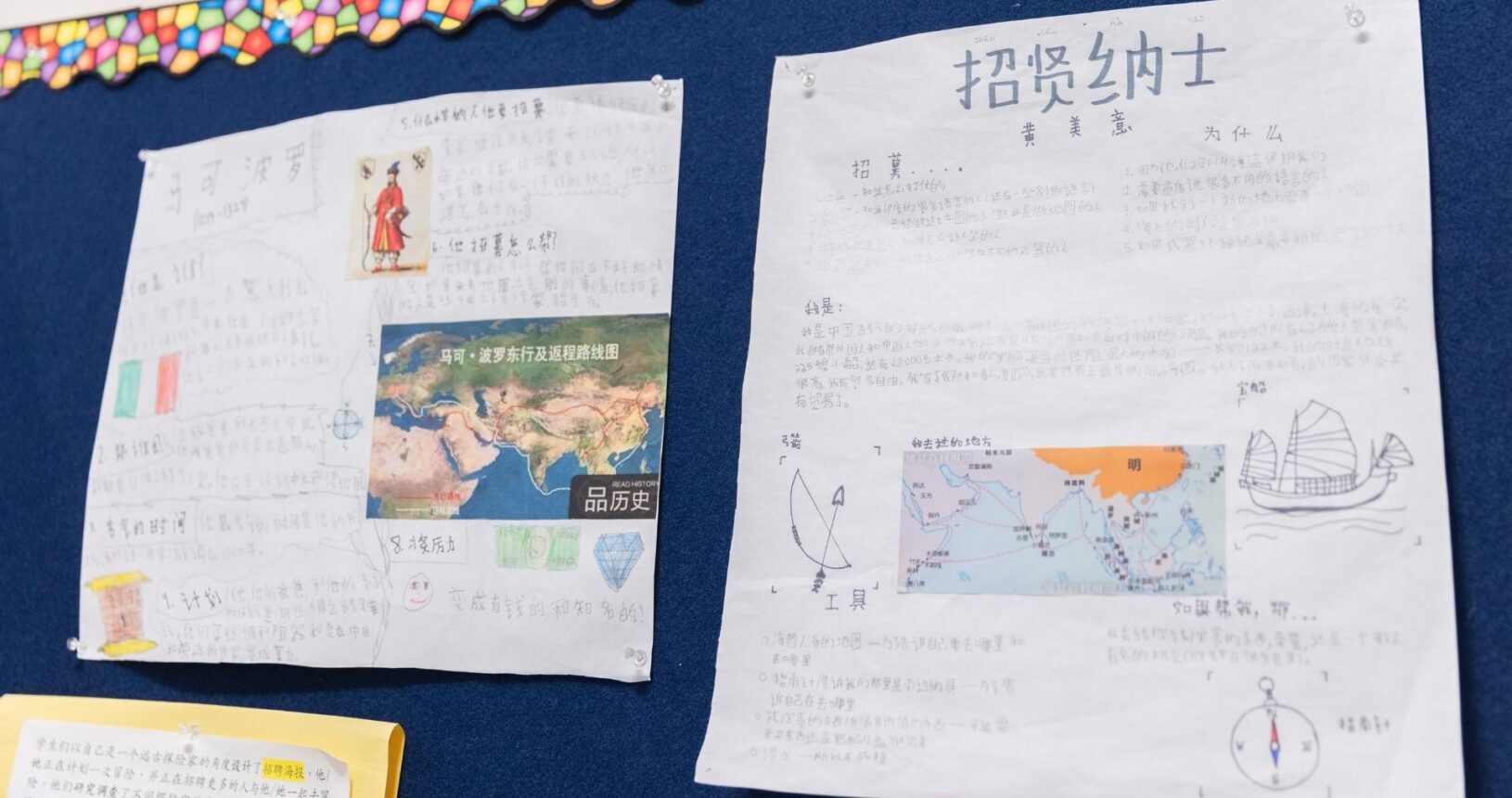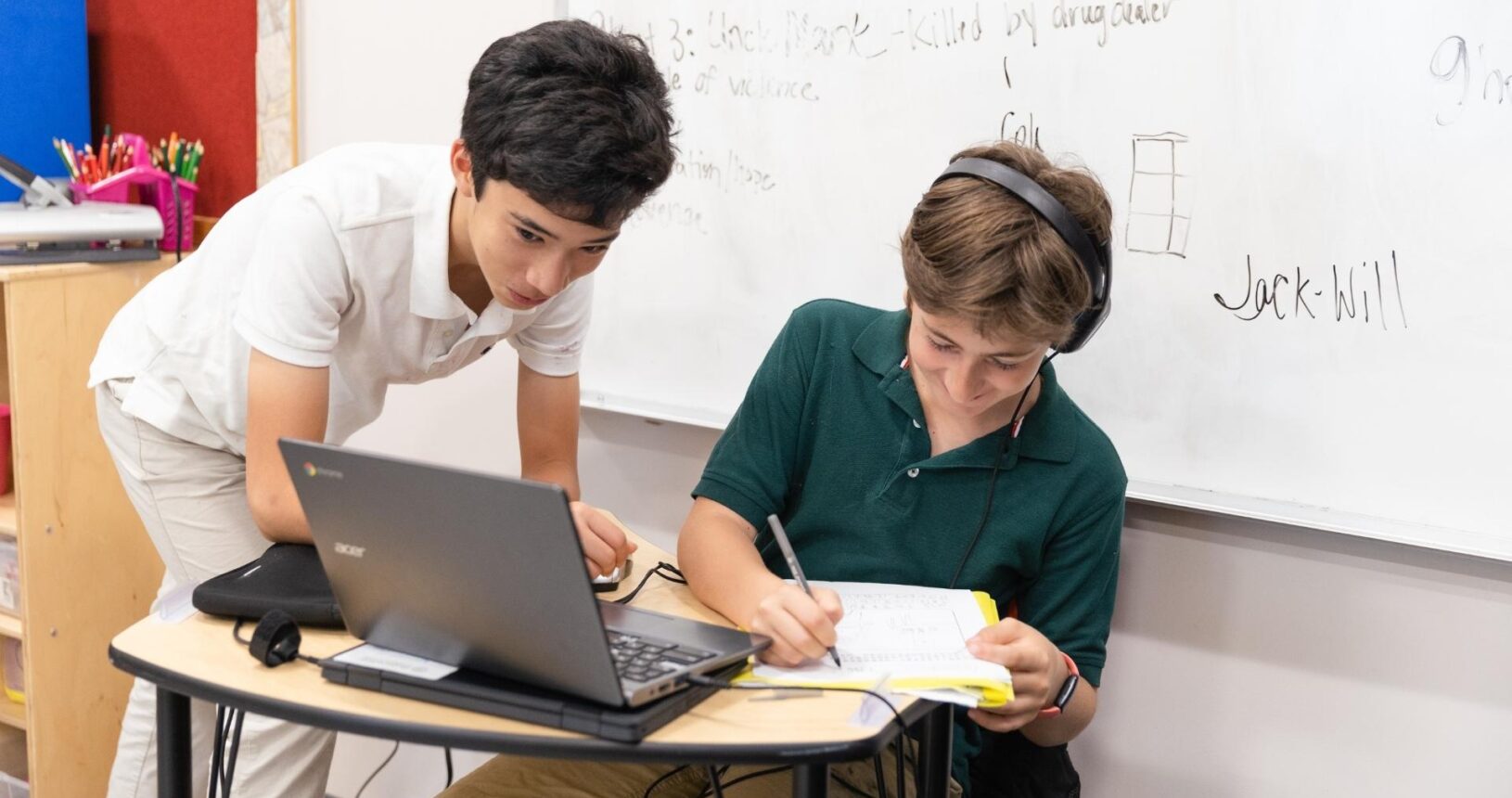1How are students who have come into the accelerated language track doing?
We have had several students come into Grade 6 with little or no prior exposure to the language. At first, they may only understand part of the subject matter, but they quickly learn since they are immersed in the language. Expectations for these students are different and over time they develop confidence in their abilities. English language arts, math and science are taught in English so integrating with current students in these subjects helps ease the transition. By the end of the 8th grade these students can be expected to be fluent and able to move into AP level classes in Grade 9 or 10 and earn a Global Seal of Biliteracy.
2How does the curriculum compare with that of other private or public middle schools?
The curriculum for grades 6-8 is developed in accordance with the same core content standards as used in other top tier independent schools. Students can move at an individualized pace in math with students often years ahead of what is taught in traditional schools. For English language arts, students use the Socratic method to discuss and analyze literature across different genre and Readers and Writers workshop to develop writing skills in argument, informative and narrative writing.
3How does the schedule work and what topics are taught in English vs. The target language?
In middle school, students receive about 40% of instruction, which are language arts, and humanities in the target language. Some electives may also be taught in the target language. For example, Spanish students in grade 6 are taking a journalism elective in which they are learning about the journalistic process and creating their own bilingual newspaper.
4What clubs and other activities are helping students to develop interests?
During maker space, students are exposed to coding, woodworking, engineering design and sculpture. There are also after school activities such as robotics, chess, language, and karate in which students can explore interests outside of subjects taught during the day.
5What level can they achieve in the second language and how can this help them?
Students who have completed the elementary program and are assessed in the spring of their 5th grade year are typically scoring at intermediate mid to intermediate high for Mandarin and Spanish. We expect students who continue on through middle school to score at intermediate high or advanced low by the end of Grade 8.
6What high schools and colleges have our students ex-missioned to?
Students who attend HWIS and choose to ex-missions after being in the program for 6-9 years typically get into their first-choice independent school. HWIS NJ students have been accepted to Newark Academy, Pingry, Kent Place, Morristown-Beard, and Montclair-Kimberly Academy as well as K-8 schools in the area. HWIS NY students have been accepted to Brearley, Chapin, Spence, Riverdale, Trinity, Horace Mann, UNIS, Speyer Legacy, Friends Seminary to name a few.
7How is being in a smaller social environment helpful to students?
We see that students in our program develop very strong friendships due to small class sizes. They develop strong teamwork skills because unlike that in a large classroom, students have to learn to work with each personality. There is training on communication, resolving conflict and accepting of others. We hear from students who have left HWIS that the transition to other environments have been smooth.
8How can curriculum be delivered in a mixed grade class?
In some of the classes, we have students from two grades together in one classroom such as Grade 4 and Grade 5. Teachers are able to differentiate by teaching the same unit such as Colonial America and applying a broad rubric of expectations which encompass the goals of each grade. The classroom variation we see may be similar across two grades that a large classroom may see in one grade where there are 16-18 students.
9What are the plans for the service learning projects?
A unique aspect of the HWIS experience is for students in Grades 7 and 8 to spend 10 days during spring break visiting the country where either Mandarin or Spanish is spoken as a native language. During this time students will work on a meaningful service project in which they will work with local, learning content and using the language.
10How will the school support ex-missions for students in middle school?
HWIS will provide a consultant to work with each student beginning in the spring of Grade 7 to identify a list of schools which would be a good fit for that child, provide information to parents on the process, and support the student individually with aspects of the application such as interview preparation etc. Our goal is to support students interested in continuing to either independent or public high schools.







